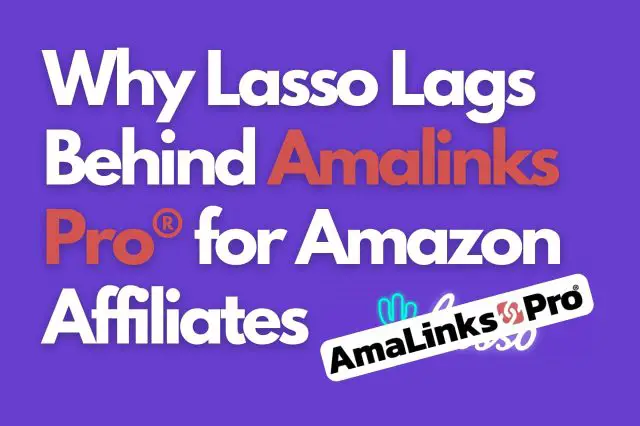Do you get countless outreach emails, like I do, from people wanting you to link to their websites from yours? Some of the outreach tactics I see are sketchy or just downright lazy. Many of them offer to write for my blog – offering “high quality” content. Some of them use what is know as the skyscraper technique – where they publish an insanely long and detailed piece of content on a particular topic then try to convince me that it is the best that exists and that I should link to it.
I don’t usually fall for these usual techniques. But… when somebody offers me something of value, something that I can use, then I am more likely to go for it and include a dofollow link from my site to whatever page on their site that they want me to link to. This actually happened on my personal blog, not too long ago. An outreach pro reached out to me and asked me if I would publish an infographic on my Dumb Passive Income blog. They would provide the infographic and I would just need to link to their site to give them credit.
I agreed to take a quick look at the infographic. It was sent to me and I immediately saw a way that I could use the infographic as a sort of template for a new blog post. I wrote the post, which includes several Amazon affiliate links using AmaLinks Pro® Showcase Boxes and a Comparison Table. I added the infographic at the end of the post and linked to the page that they wanted me to link to.
I got a great Amazon affiliate post for my blog, inspired by the topic of the infographic. The people who supplied the infographic to me got the link that they wanted. Win-win!
Use an Infographic as a Template for Your Blog Post
If you want to try something similar for your website or blog – you can search for infographics relevant to your topic or niche. Be sure to ask for the owner’s permission before you use it on your own site (or find infographics that are free to use). In many cases, the owner of an infographic would be more than willing to let you use it on your site especially if you offer to link back to their site (always use dofollow – not nofollow) to give them credit. Use the website’s Contact page or About page to try to find contact information so you can ask for permission and offer to link to them. You can also create them yourself by using graph maker tools such as Canva or add them directly to your website by using a WordPress chart plugin.
Look for an infographic that mentions physical products that are available on Amazon. This is usually fairly easy – as Amazon sells pretty much anything and everything imaginable. Then, use the sections of the infographic as a template to create the H2 headings for your blog post. Add a paragraph or two of text under each subheading – then add any appropriate Amazon affiliate links.
Here is an example: I own a niche website that is all about using borax to kill ants. I have a detailed infographic at the bottom of the homepage on my borax ant killer website. This infographic mentions several physical products that can be purchased on Amazon. Many DIY or ‘frugal living’ type websites could use this infographic as a template to write their own post about using borax to kill ants. I would love to have them use my infographic on their site, as long as they link back to my site (with a dofollow link) to give me credit.
Use Your Blog Post as a Template for an Infographic
If you have the means to create your own infographics, or if you are willing to pay somebody to create one for you – this is a wonderful strategy to add value to your affiliate content. Likewise, you might be able to use your infographic by making it shareable and agreeing to trade it for links back to your site!
Just as I explained with my borax ant killer example above… I actually paid my VA to create that infographic for me (this just happened to be one of his skills) based on the content of the website. He essentially used the content that I already had published as a template and created the infographic as a supplement to the content.
Use AmaLinks Pro® to Easily Add High-Converting Amazon Affiliate Links
As you can see, it is pretty straightforward and easy to use infographics to add value to your new or existing content. AmaLinks Pro® actually makes it even easier to add high-converting Amazon affiliate links to your posts! With just a few clicks, you can search for relevant products on Amazon, without ever leaving WordPress! Take a look at our demo page to see how easy it is to use AmaLinks Pro®.
With AmaLinks Pro® in your toolbag – adding Amazon affiliate links to your WordPress posts is so easy there is really no excuse not to. Almost any post on your site that gets traffic should have at least one good Amazon affiliate link (like one of our high-converting Showcase Boxes). Even if the post is not ‘affiliate content’ – there are still relevant ways to add Amazon affiliate links. A percentage of people will click on them and a percentage of those will buy something from Amazon which will earn you a commission! Get started with AmaLinks Pro® today!




